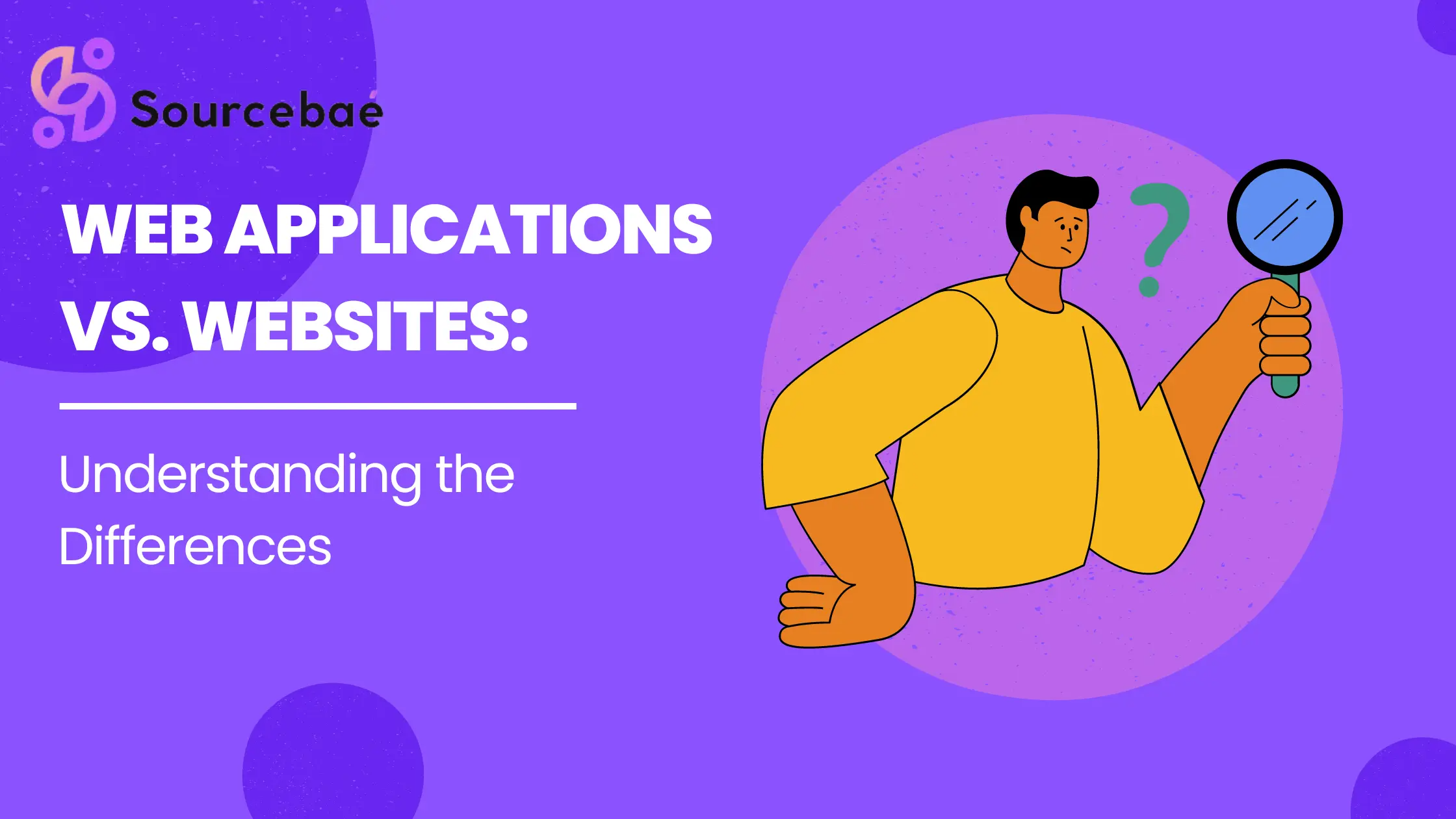In today’s digital age, the terms “web application” and “website” are often used interchangeably. However, there are significant differences between the two. Understanding these differences is essential for anyone looking to build or use a web-based platform effectively.
Let’s start with the basics. A website is a collection of web pages, generally presented in a static format. These pages can contain information, images, and other media, but they don’t allow for interaction beyond clicking links or filling out simple forms. A website’s purpose is usually to provide information or promote a business or organization.
On the other hand, a web application is a dynamic software program that runs on a web server and allows users to perform complex tasks or manipulate data. Web applications are typically interactive, allowing users to input data, perform calculations, and retrieve information based on specific criteria. Examples of web applications include online shopping carts, project management systems, and social networking platforms.
One of the most significant differences between websites and web applications is their level of interactivity. Websites are generally static, while web applications are interactive and dynamic. Web applications also tend to be more complex than websites, requiring more advanced programming and server-side processing.
Another key difference is the level of security required. Web applications often involve sensitive data such as financial information or personal details, so security measures such as data encryption, firewalls, and secure servers are critical. Websites, on the other hand, may not require the same level of security, especially if they don’t collect or store sensitive information.
Finally, there’s the question of scalability. Websites can typically handle a large number of users simultaneously, but web applications often require more significant resources to function correctly. This means that as more users access a web application, the server may need to scale up to handle the increased demand.
In conclusion, understanding the differences between web applications and websites is essential for anyone involved in web development or use. While websites are generally static and designed for informational purposes, web applications are dynamic, interactive, and often involve complex data manipulation.
Web applications also require more advanced programming and security measures, and scalability can be a significant factor. If you’re looking to build a dynamic and interactive web application, hire a skilled developer who can bring your vision to life.





